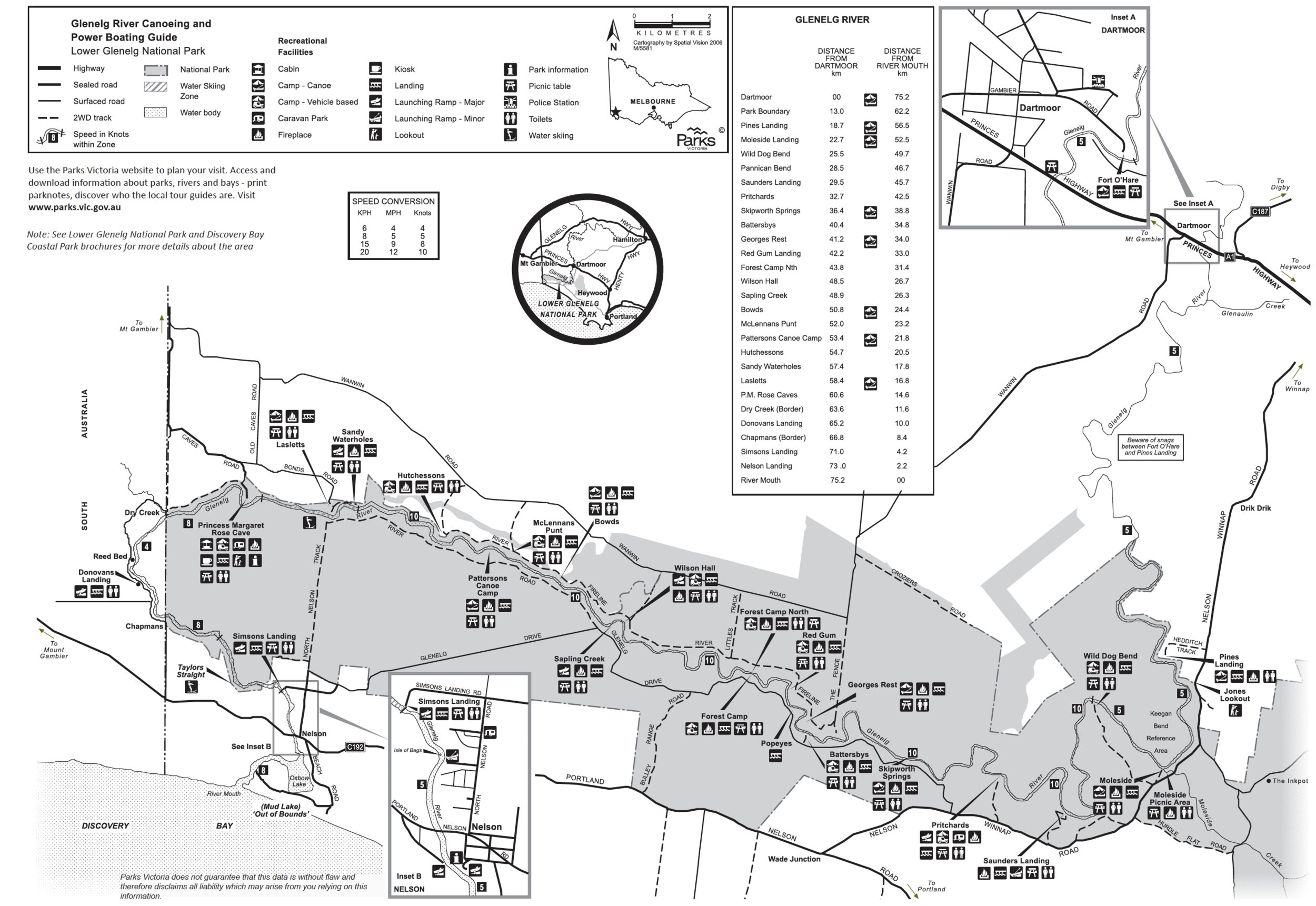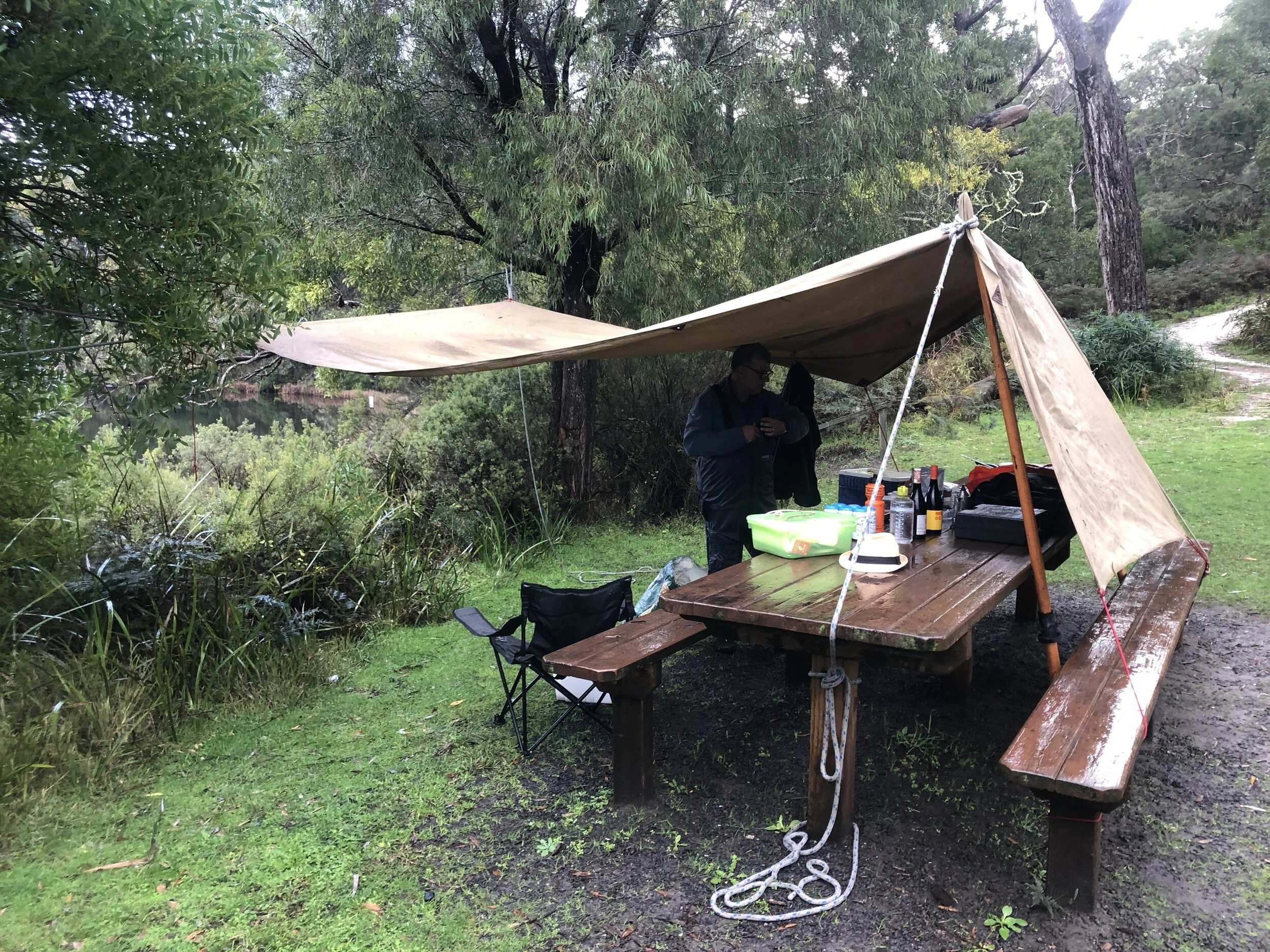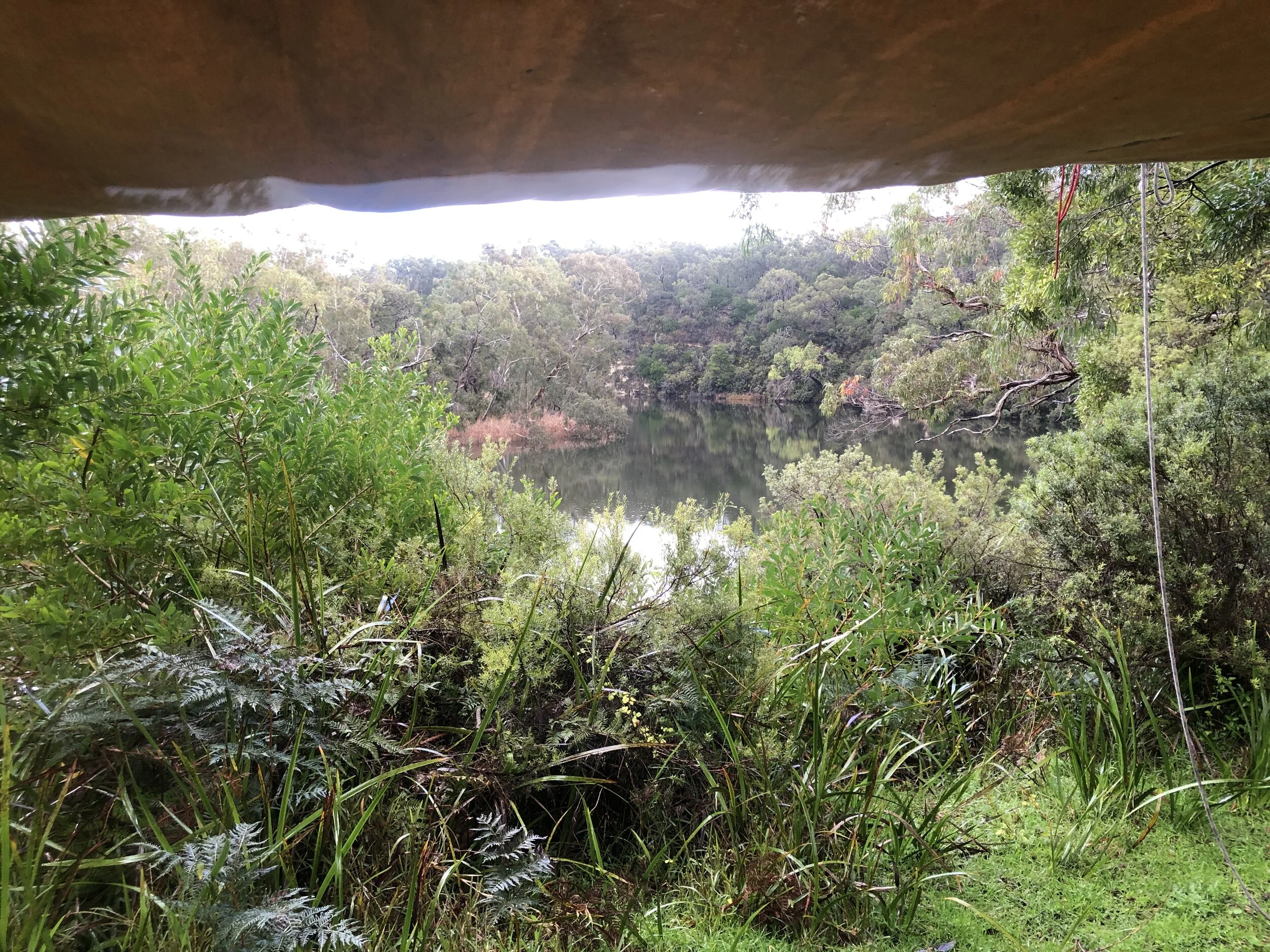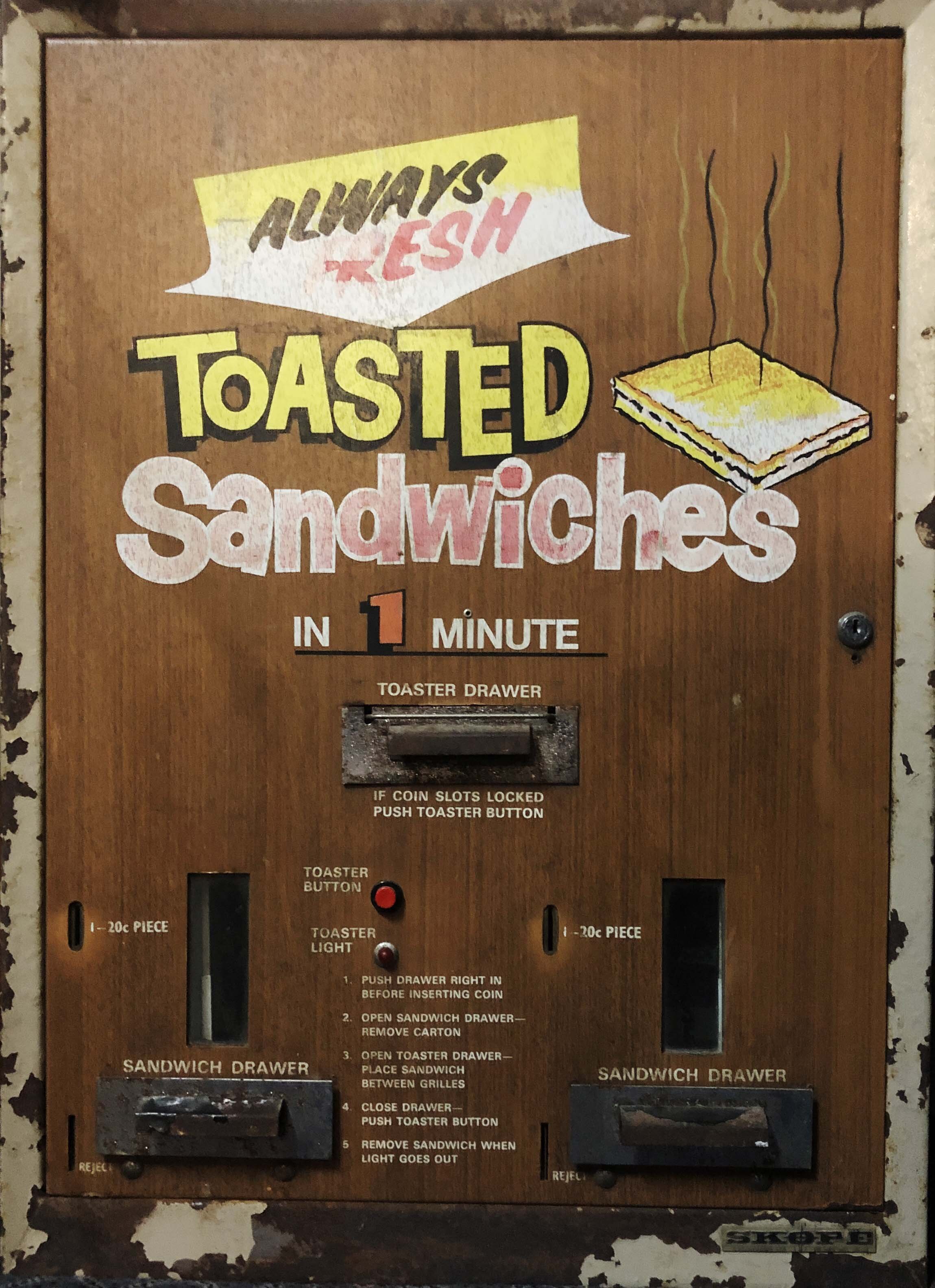Rain on The River
“It was, upon the whole, considering the fullness of its stream, the character of its banks and the uniformity of width and depth, the finest body of fresh water I have seen in Australia,”
We were going to head up to Sydney and start taking FAIR WINDS up the coast for Hamilton Island Race week. A gentle cruise, some warmer weather… drop in at Newcastle or Port Stephens and maybe some time on the Clarence River.
But like a million other plans, this got scrapped, as New South Wales got a taste of what Victoria has been going through over the last 18 months. But the weekend had been put aside for an adventure and so an adventure had to be undertaken…one way or another. The three criteria were…. It had to be in Victoria, it had to be mildly challenging…and it had to involve a wooden boat.
We hatched a plan…an exploration of the Lower Glenelg River in far Southwest Victoria in a 15ft Whitehall clinker dinghy. (see CYAA Magazine story “The Year of the Boat” from 2013
The boat’s designer, builder and owner Antony Perri and I decided that a three-day trip, comprising of two days rowing (perhaps even sailing) 40 km downstream, followed by a 25km walk back to the car would do the trick. Neither of us had seen the river before and the idea of a little winter camping was appealing. We didn’t really take the weather forecast too seriously….I mean how bad could it be? We were going to be well inland, protected in a river valley, not in the middle of Bass Strait!
A four-and-a-half-hour drive from Melbourne takes you through the rural towns of Ballarat and Hamilton, and the further west we went the darker the skies, the heavier the rain, and the grimmer the forecast on the Land Rover’s badly tuned AM Radio. As we passed through Dunkeld just to the south of the Grampians the news of gale warnings, hail stones and snow down to 800 meters seemed entirely believable.
We picked a launching place 40 kms upstream from our destination town of Nelson. It was a little boat ramp on the river called Pritchard’s Landing in the heart of the Lower Glenelg National Park. As we pulled into the almost deserted campground it was nearly 4pm and the overhanging gums and thick cloud cover foreshadowed a long dark night ahead.
We scurried around in the rain and the gloaming, rigging a tarp over a table so we could eat outside, putting the tent up on a slope, as anything on flat ground would surely be floating by morning. JEZABEL, the scarlet red Whitehall sat patiently on her trailer, glowing in the semi darkness, anticipating her imminent journey.
180 years before we arrived the Surveyor-General of NSW, Major Thomas Mitchell, launched his boats during his “Australia Felix” expedition, at present day Dartmoor 30 kms further upstream from where we camped.
“It was, upon the whole, considering the fullness of its stream, the character of its banks and the uniformity of width and depth, the finest body of fresh water I have seen in Australia,”
he wrote. He named the river the Glenelg. It was formed millions of years ago when sea creatures, deposited on the ocean floor, compacted into limestone. Eons later the water receded, exposing the seabed. Water, percolating through and dissolving the limestone formed cracks and rivulets which eventually became the current day river.
We lit a fire in the rain, which spluttered into life and then went out, so we drank some whiskey removed a leech or two and retired to our sleeping bags listening to the rain drum on the fly sheet.
By the morning I was wearing every item of clothing I had brought (apart from my swimming shorts) and the rain had got worse. In the short breaks between downpours, as wallabies watched incredulously from a few yards away, we stepped the mast, rigged the little furling headsail, loaded the boat, packed the wet tent and launched her into the Glenelg River.
By 1130 we were underway with Ant rowing the 450kg load at a steady pace. We estimated that given a little current we should be able to average 5 kms an hour, rowing in half hour shifts, which would mean that 4 hours of steady pulling would get us halfway down the river to our second night’s camp. This didn’t happen. The first issue was that despite all the rain there was no current.
Drifting for a moment without oars yielded no progress, and perhaps more significantly the constant head wind meant that we could only average 3kms an hour. You might wonder how, on a winding river like the Glenelg the wind could always be a head wind. It seems with the high banks, often limestone cliffs, there is rarely a cross wind. It curves and flows with the shape of the river, so it’s a binary thing…either a headwind or a tail wind!
Due to the late start and the headwind, we only made 10 kms on the first day, and stopped on the north bank at a place called Forrest Camp. We tied JEZABEL up to the short jetty and carted our wet camping gear up the muddy slope to a plateau where we managed to rig up the tarp again to keep out the grim weather and enjoyed a stunning view to the Southwest down the river. Tiny, almost unnaturally blue, Fairy Wrens danced around our feet looking for scraps, adding flashes of incongruous colour to the greens and greys.
We got a proper fire going huddled around it, solved a few of the world’s problems, cooked some pasta and drank a little more whiskey. The issue of having to complete 30 more kms into the wind the next day seemed less pressing as we took to the damp tent for a second time.
During the night the wind picked up, making the task of rowing to Nelson an impossibility. The rain squalls came down the river and the 3HP outboard was the only way we were going to make it out of the park that day. Feeling slightly defeated but at the same time pleased to be moving we purred down the river seeing only only three Kayaks and two small fishing boats in the entire 40 kms of National Park. At times the riverbanks form a limestone canyon and Sea Eagles spiral between the cliffs tumbling like leaves off an autumn tree, then soaring back up to an eyrie somewhere in the gum trees. The watery sunlight occasionally flashes through Sheoaks as we pass, setting off cries from the Gang Gangs, which resemble the creak of a gate or perhaps a cork being pulled from a wine bottle.
We visited South Australia for a few kilometres as the river meandered westwards, and then as it turned back to the Southeast we re-entered Victoria, had a short stint of downwind sailing with the little jib pulling hard in the gusts, eventually tying up beside a jetty in Nelson as a rainbow lit up the twilight as the surf pounded in the distance.
The highlight of Nelson was not so much its natural beauty as the river became the estuary, but the pub. A wood fire blazing and Coopers Stout on tap was a good start. Fish and Chips and a local Coonawarra followed nicely. Sitting amongst the historic black and white images of the town before the bridge was built made me realise how tame our little adventure was compared to the lives of the early residents.
Crossing the river 130 years ago-Its still raining
Always Fresh-From a vending Machine
The walk back to Pritchard’s Landing to get the car, looked like it was going to be an easy 20 kms. The route was part unsealed road, part fire track and also part or the “Great South West Walk” a 250kms circular track established in the early 1980’s. The rain had stopped, so the shorts came out and off we tramped as a grey dawn unfolded. It ended up being a 25 kms hike and by the time we arrived our legs were reminding us that we weren’t 25 years old anymore. But the scenery on the way made it worth it. Glimpses of the river flashed through the Brown Stringybark Eucalyptus, and Koalas scrambled up trees as we passed. The full 250 km circuit would be a challenge, but one with a massive reward.
OK, it wasn’t exactly an epic journey. There were no near death experiences, no tales to tell the grandchildren. It was just a couple of friends in a home made boat with a tent and a need to rub up against the real world. Occasionally this pandemic does us a favour.
















